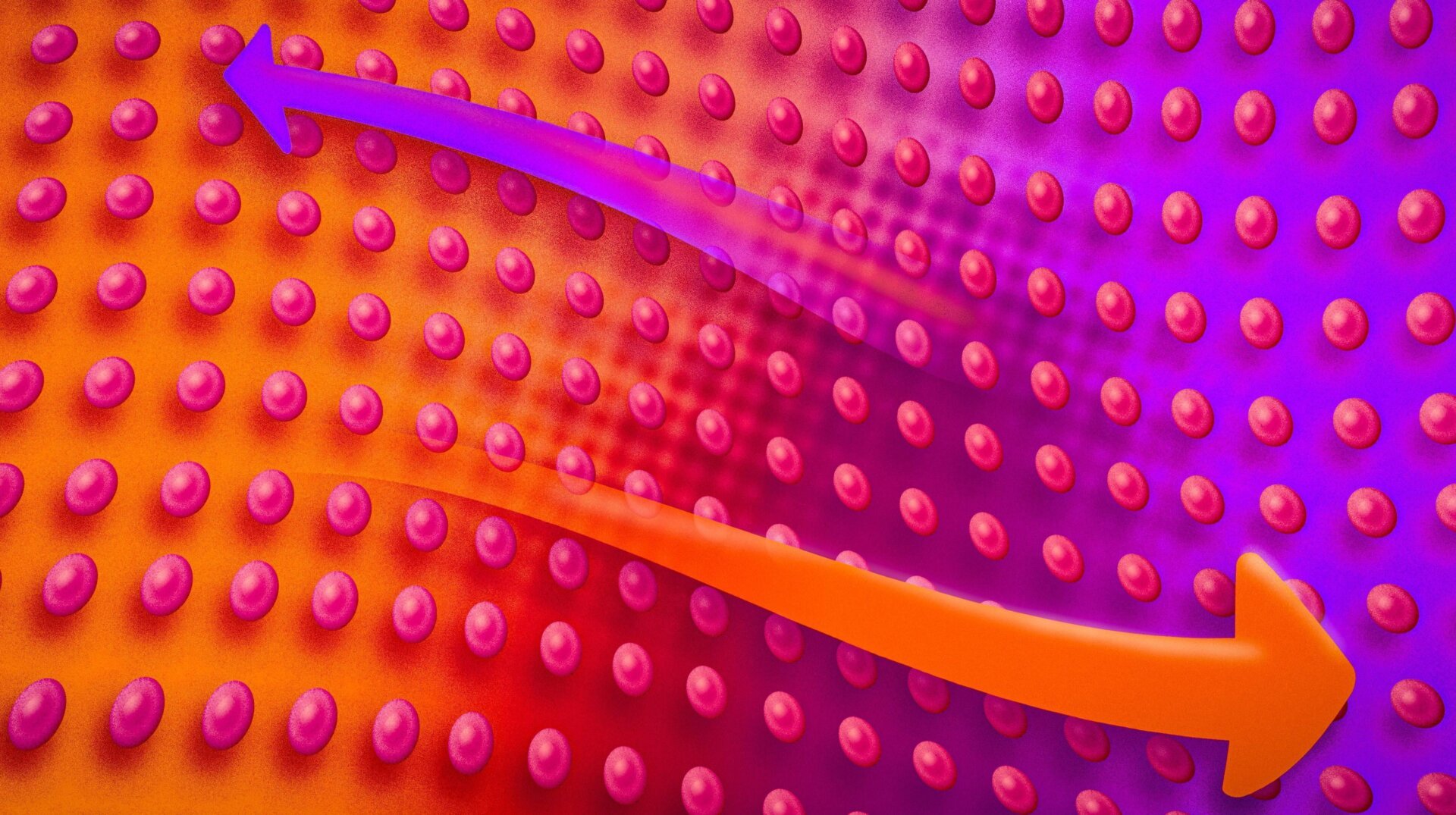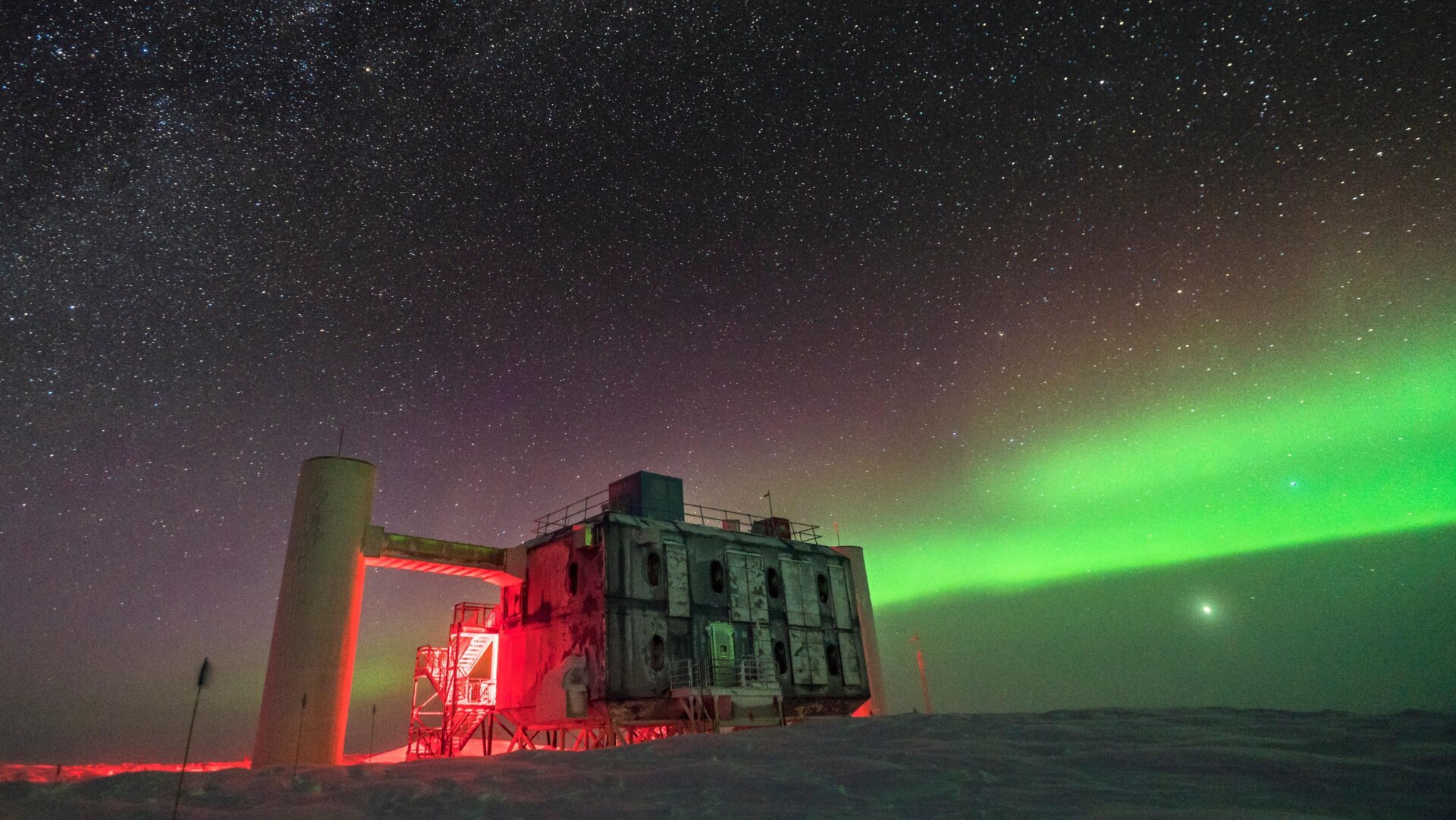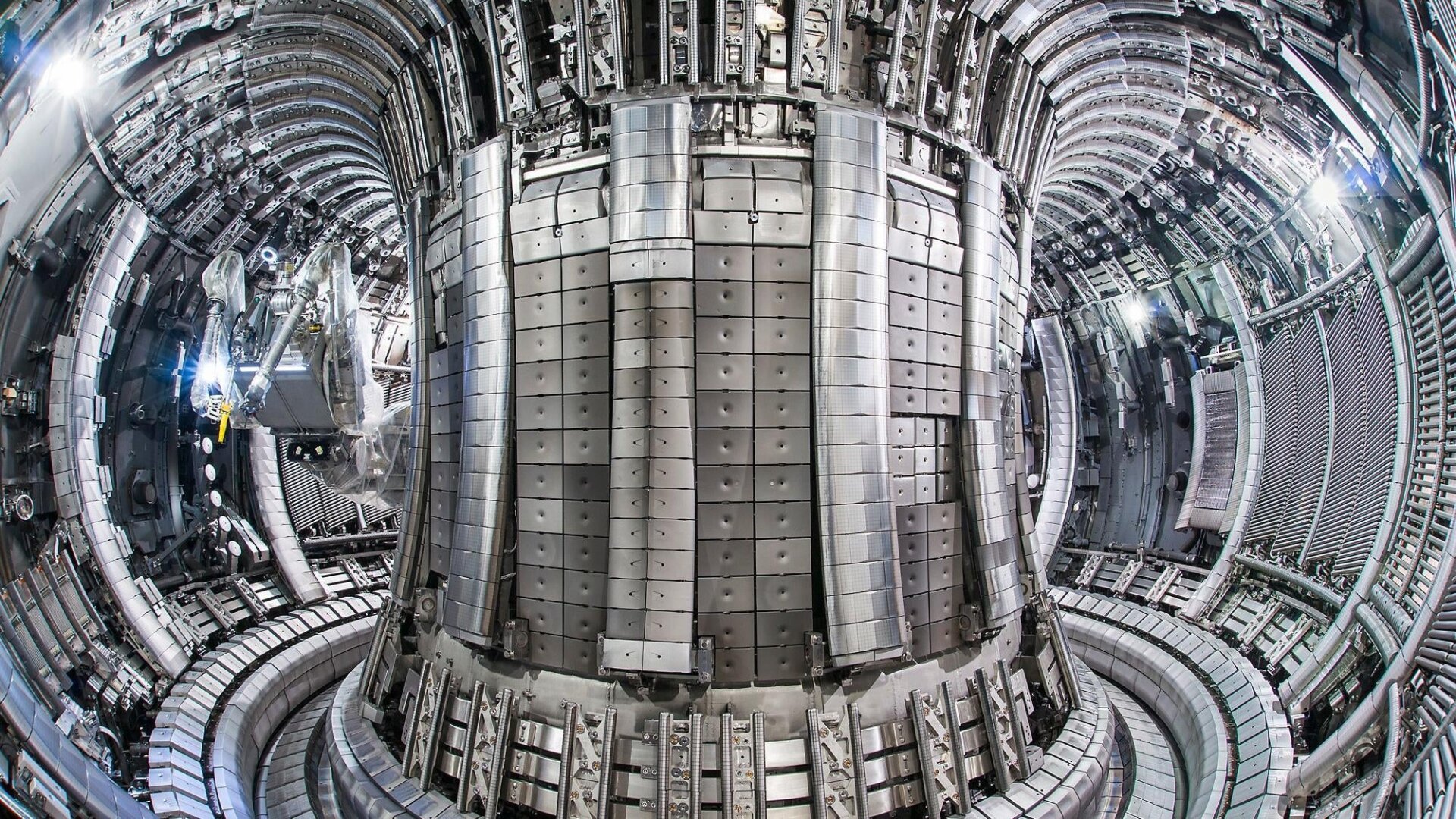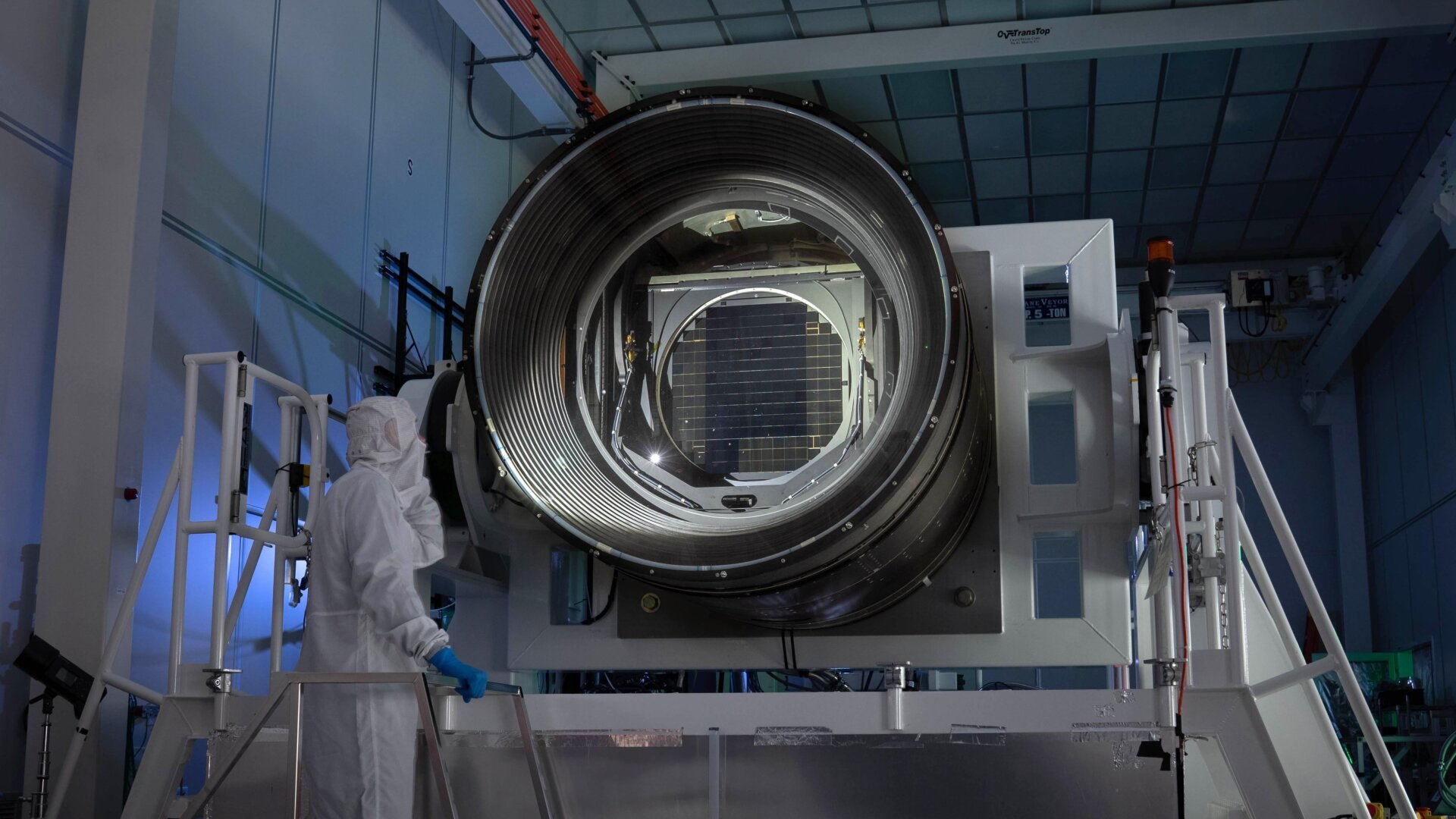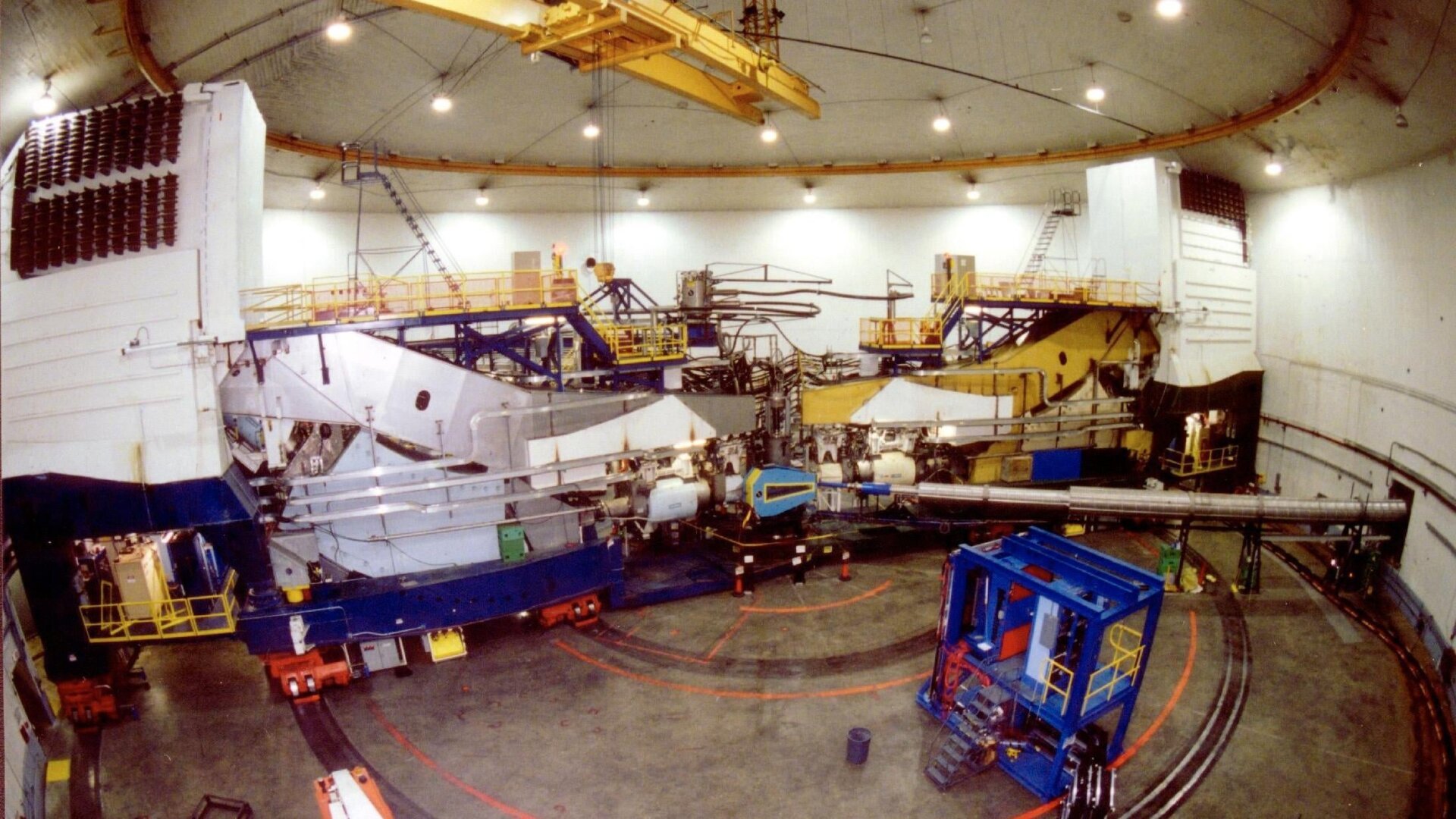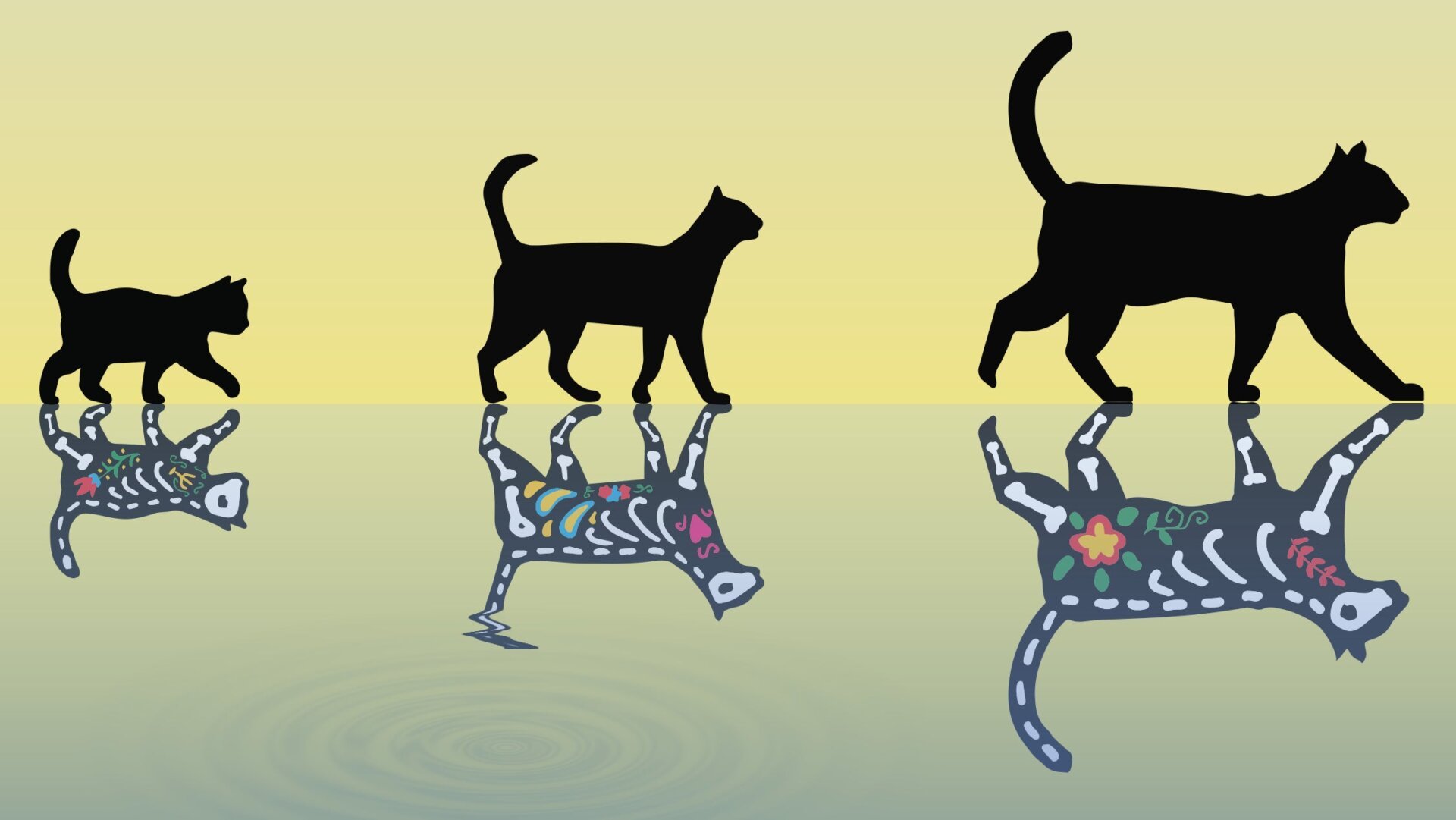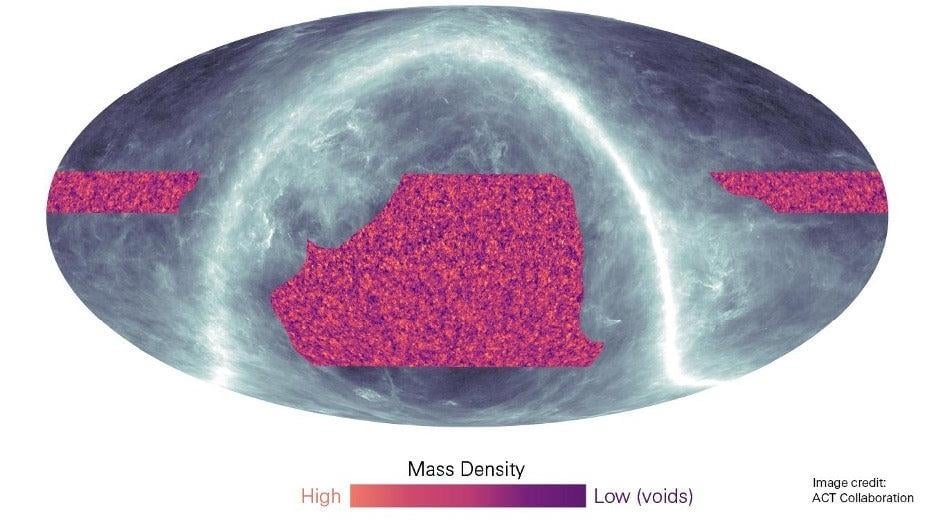Superfluidity, a state of matter where friction vanishes, has long intrigued scientists. Recently, physicists at MIT have made a groundbreaking discovery: they’ve observed the “second sound” of a superfluid, a phenomenon that offers unique insights into heat transfer in exotic materials on Earth and even in the depths of space.
This peculiar behavior occurs at temperatures approaching absolute zero, where atomic motion is minimized. In certain superfluids, like the lithium atom quantum gas used in the MIT study, heat doesn’t diffuse as it normally would. Instead, it propagates as a wave, almost like a sloshing motion. Richard Fletcher, a physicist at MIT and co-author of the study, explained it with an analogy: “It’s as if you had a tank of water and made one half nearly boiling. If you then watched, the water itself might look totally calm, but suddenly the other side is hot, and then the other side is hot, and the heat goes back and forth, while the water looks totally still.”
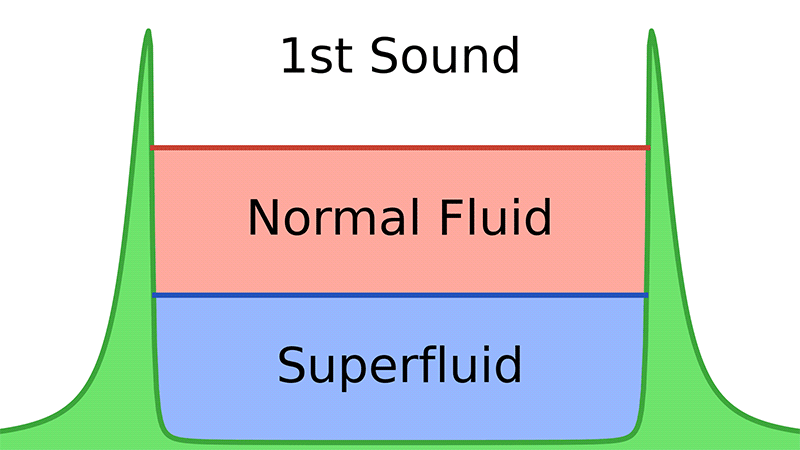 The first sound propagates through density waves.First sound propagates via density waves, similar to sound in air.
The first sound propagates through density waves.First sound propagates via density waves, similar to sound in air.
The concept of “second sound” was first proposed in 1938 by Hungarian-American physicist László Tisza, also of MIT. Tisza theorized that superfluids contain a mixture of normal and superfluid components. In this model, density waves represent the “first sound,” analogous to ordinary sound waves. The wave-like propagation of heat, distinct from density changes, constitutes the “second sound.”
At such ultra-low temperatures, traditional methods of detecting heat transfer, like infrared radiation, are ineffective. The MIT researchers cleverly circumvented this limitation by observing the atoms’ resonance at radio frequencies. Higher atomic temperatures corresponded to higher resonance frequencies, providing a window into the heat’s movement.
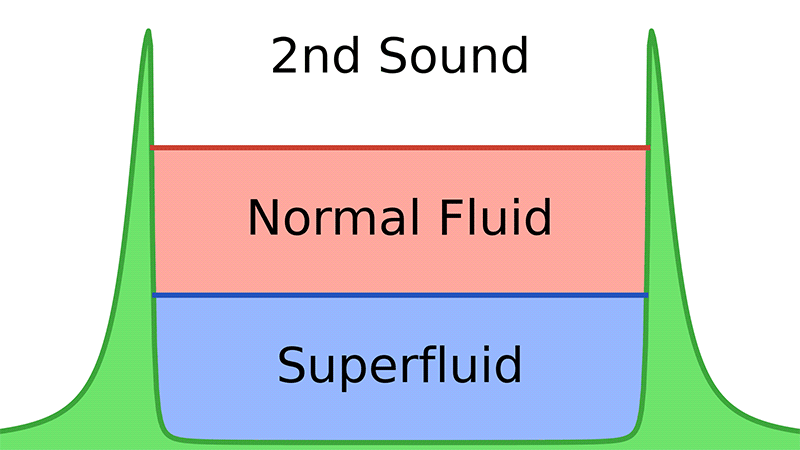 The second sound occurs when heat moves like a wave, with density remaining constant.Second sound is characterized by the wave-like motion of heat, while density remains constant.
The second sound occurs when heat moves like a wave, with density remaining constant.Second sound is characterized by the wave-like motion of heat, while density remains constant.
“For the first time, we can take pictures of this substance as we cool it through the critical temperature of superfluidity, and directly see how it transitions from being a normal fluid, where heat equilibrates boringly, to a superfluid where heat sloshes back and forth,” explained Martin Zwierlein, the lead physicist on the project. Their superfluid, comprised of supercooled lithium fermions, was remarkably thin—a million times less dense than air. By tracking the heat’s motion across the fermions based on their resonance, the team successfully observed the elusive “second sound.” Their findings are published in the journal Science.
This research has far-reaching implications. The team believes their insights into heat flow in lithium can be applied to understanding heat transfer in high-temperature superconductors and even in neutron stars, the incredibly dense remnants of collapsed stars. Neutron star interiors are thought to contain interacting quantum liquids, and some theories propose they might be sources of axionic dark matter.
Furthermore, a deeper understanding of heat propagation in low-resistance materials could revolutionize the development of room-temperature superconductors, a long-sought goal in energy research. This breakthrough could pave the way for more efficient energy transmission and storage, potentially transforming various industries. This exciting discovery of “second sound” opens up new avenues for exploring the fundamental nature of heat and matter, with potential applications ranging from advanced materials to astrophysics.



